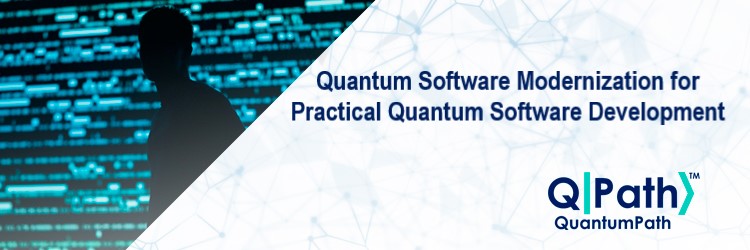Ricardo Pérez-Castillo, aQuantum Senior Research, has published the article The QPath Modernization approach for the migration of classical-quantum information systems in QPath. The article analyzes the importance for the development of practical quantum software of the characteristics that the QPath Platform incorporates for the modernization of quantum software.
Currently the organizations are faced with the challenge of embracing quantum computing in a timely manner as a mean of arming themselves for the future and remaining competitive. Thus, it is certain that most organizations, if they have not already done so, will have to invest in enterprise, quantum information systems.
Software modernization processes have proven to be an effective mechanism in the migration and evolution of classical-quantum software, while still preserving business knowledge.
QPath, as a Quantum Software Development & Application Lifecycle Platform, will support quantum software modernization. QPath software modernization is based on existing standards such as UML and KDM (ISO/IEC 19505 and 19506 respectively). The software modernization process supported by QPath is based on the Architecture-Driven Modernization approach, proposed by the OMG, which is the evolution of traditional reengineering by following Model-Driven Engineering (MDE) principles.
Software modernization of hybrid systems can be structured in the three traditional reengineering stages, all supported by QPath: reverse engineering, restructuring and forward engineering.
One of the most important advantages of the QPath Modernization approach is that it is based on well-known and proven standards like KDM and UML.
The QPath Modernization contributes to boost the construction and deployment of quantum applications as well as their integration with other classical software assets.
Learn more about the article The QPath Modernization approach for the migration of classical-quantum information systems.


Recent Comments